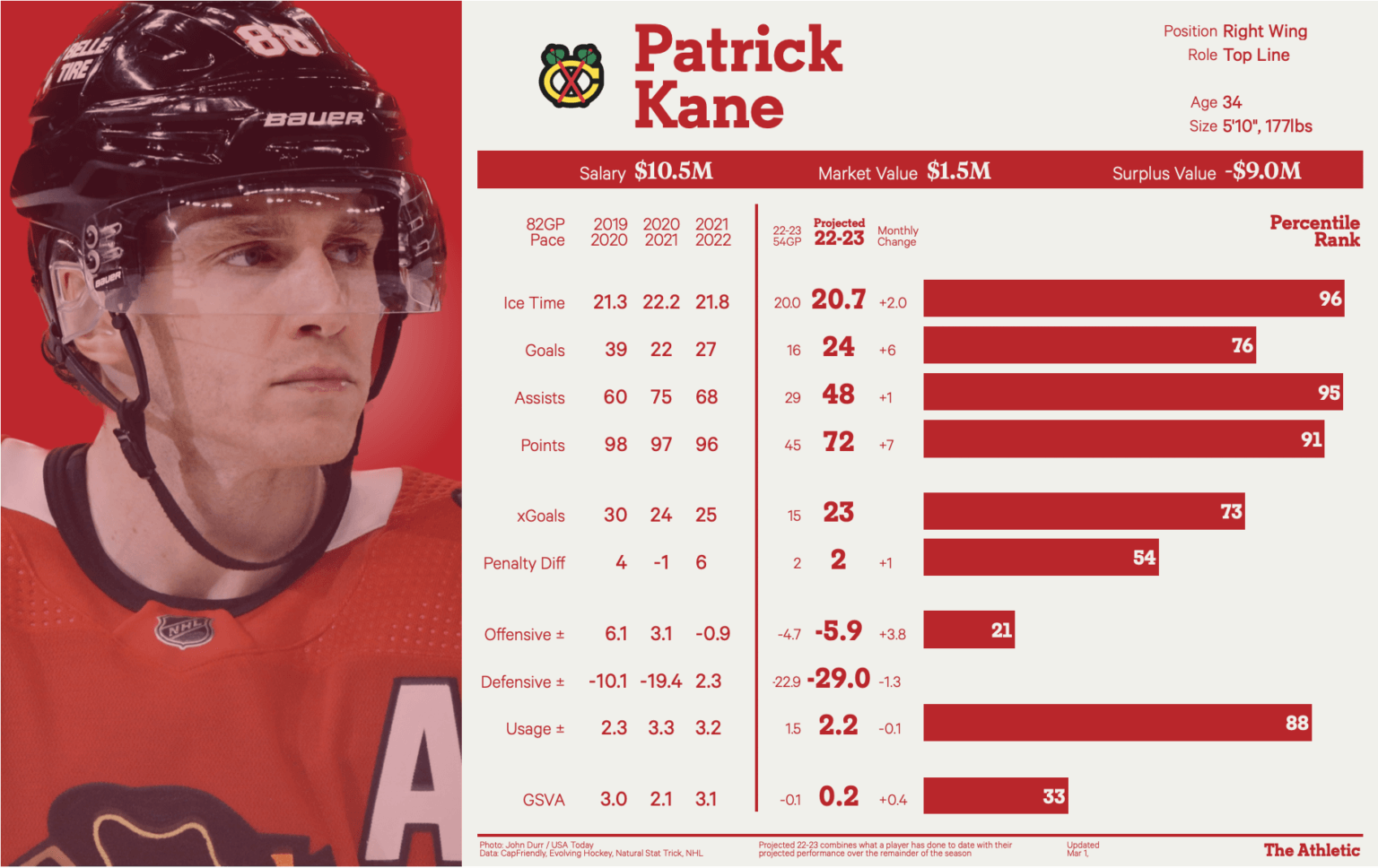In the intricate world of professional sports, rules are established, interpreted, and occasionally, strategically navigated. The NHL`s recent decision regarding Evander Kane`s placement on Long-Term Injured Reserve (LTIR) isn`t just a verdict on a specific player or team; it`s a window into the league`s constant battle to maintain competitive balance amidst the relentless pursuit of the Stanley Cup. This event, while seemingly minor, signals a seismic shift in how teams will approach their financial strategies and roster construction.
The Evander Kane Conundrum: A Case Study in Cap Management
The story began with Evander Kane, a dynamic forward for the Edmonton Oilers. Last season, Kane found himself sidelined for the entire regular season, grappling with a combination of abdominal and knee injuries. Consequently, the Oilers placed him on LTIR. For the uninitiated, LTIR is a crucial tool for NHL teams, allowing them to temporarily exceed the salary cap if a player is genuinely injured and expected to miss a significant portion of time. Critically, this mechanism frees up a player`s cap hit, providing teams with valuable financial flexibility.
In the Oilers` case, Kane`s $5.125 million cap hit, when moved to LTIR, created crucial breathing room. This flexibility enabled Edmonton to acquire defenseman Jake Walman and forward Trent Frederic at the trade deadline, bolstering their roster for a playoff push. All perfectly legitimate, according to the rules as they stood. The intrigue, however, intensified when Kane made a rather timely return, hitting the ice for Game 2 of the playoffs and proceeding to record six goals and six assists across 21 appearances. His performance was undeniably impactful, yet his sudden resurgence after a season-long absence inevitably raised questions and prompted an investigation by the league.

The “Playoff Cap Loophole”: A Relic of the Past
For years, the NHL operated under a significant distinction: while a strict salary cap governed the regular season, it effectively ceased to apply once the playoffs began. This “loophole” became a contentious point, particularly as teams grew increasingly sophisticated in their cap management. The strategy was straightforward: if a team could use LTIR to accumulate additional assets during the regular season, and then have those injured players return for the playoffs, they could technically ice a postseason roster significantly over the regular-season cap limit.
The Oilers, like the reigning champion Florida Panthers, were among the teams that benefited from this structure. It allowed them to navigate the financial tightrope of the regular season, then seemingly pull a rabbit (or two skilled players) out of a hat just in time for the championship hunt. While these maneuvers were technically within the existing rules, the spirit of competitive balance was often called into question. The investigation into Kane`s LTIR placement was a direct response to this perceived advantage, seeking to ensure that player injuries were legitimate and not simply a convenient cap-circumvention tactic.
The NHL`s Response: A Paradigm Shift with a Post-Season Cap
The NHL`s verdict on the Kane investigation was clear: no punishment for the Oilers. Deputy Commissioner Bill Daly confirmed that the league had closed its books on the matter, essentially validating the Oilers` handling of Kane`s LTIR status under the then-existing rules. However, this non-punishment came with a significant caveat, a bold declaration for the future: the league announced that a post-season salary cap will be implemented starting this upcoming season.
This rule change is nothing short of revolutionary. It`s the NHL`s definitive move to close the “playoff cap loophole” once and for all. No longer will teams be able to strategically use LTIR or other cap-related mechanisms to build a super-team exclusively for the playoffs without financial consequence. The intention is clear: to ensure a more level playing field throughout the entire season and into the playoffs, reinforcing the principle of competitive balance that the salary cap was originally designed to uphold.
The Strategic Chess Game Evolves: What Does This Mean for Teams?
The introduction of a post-season cap will fundamentally alter how NHL general managers approach roster construction and financial strategy. The days of “banking” cap space or orchestrating elaborate LTIR schemes solely for a playoff advantage are over. Teams will now need to:
- Manage Cap Space More Prudently: Every transaction, every contract will have an impact that extends through the entire season and into any potential playoff run.
- Rethink Trade Deadline Strategies: Acquiring high-salaried players at the deadline will require even more meticulous planning, as their cap hit will now carry into the postseason.
- Prioritize Depth Over Top-Heavy Rosters: While star power is always vital, the ability to sustain a competitive roster within cap constraints for the duration of the playoffs will become paramount.
This isn`t to say that the intricate dance of cap management will cease; rather, the rules of the dance have changed. The architects of capology will simply need to find new blueprints. While the immediate impact on teams like the Oilers (who traded Kane to the Vancouver Canucks in June) is a closed investigation, the broader implication is a league-wide recalibration. The era of the “playoff cap loophole” is officially over, and the NHL is ushering in a new age of financial accountability that promises to keep every playoff contender on a more equal footing. It`s a testament to the league`s ongoing effort to adapt and ensure that the chase for the Stanley Cup remains as fair and thrilling as possible.

